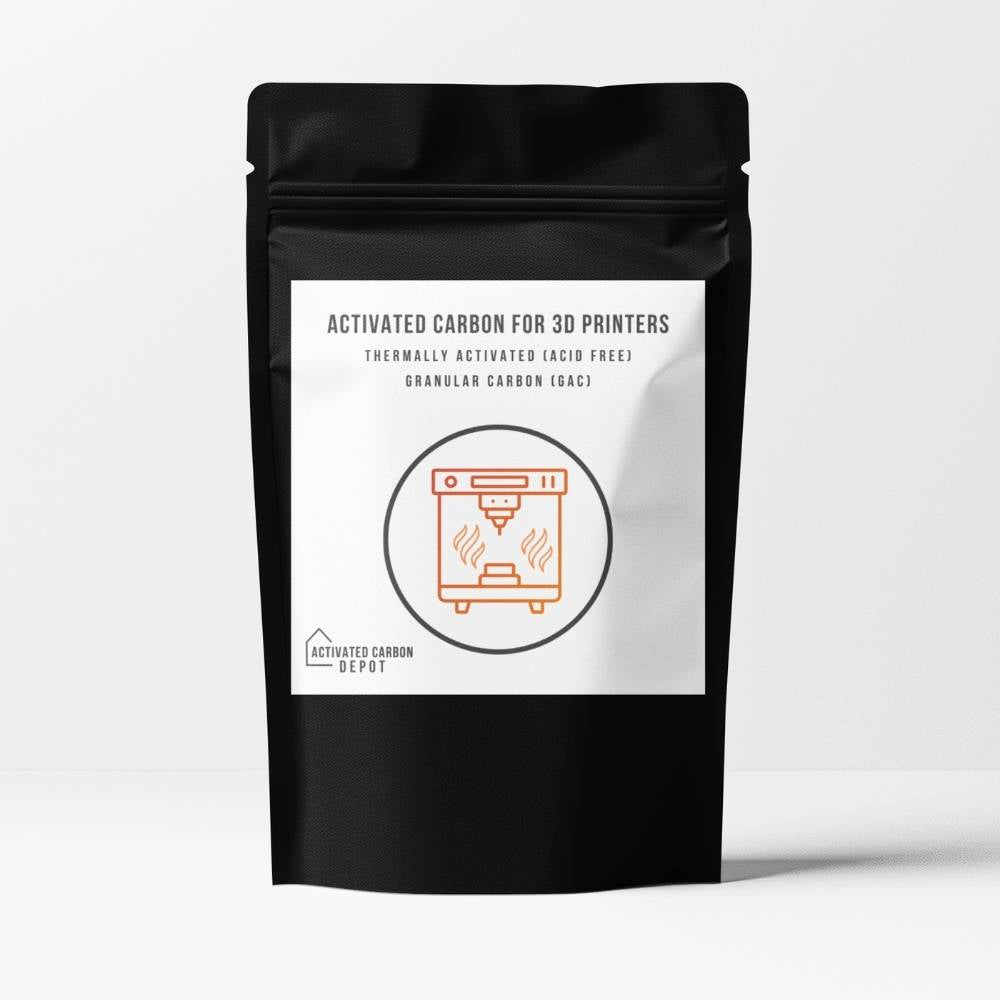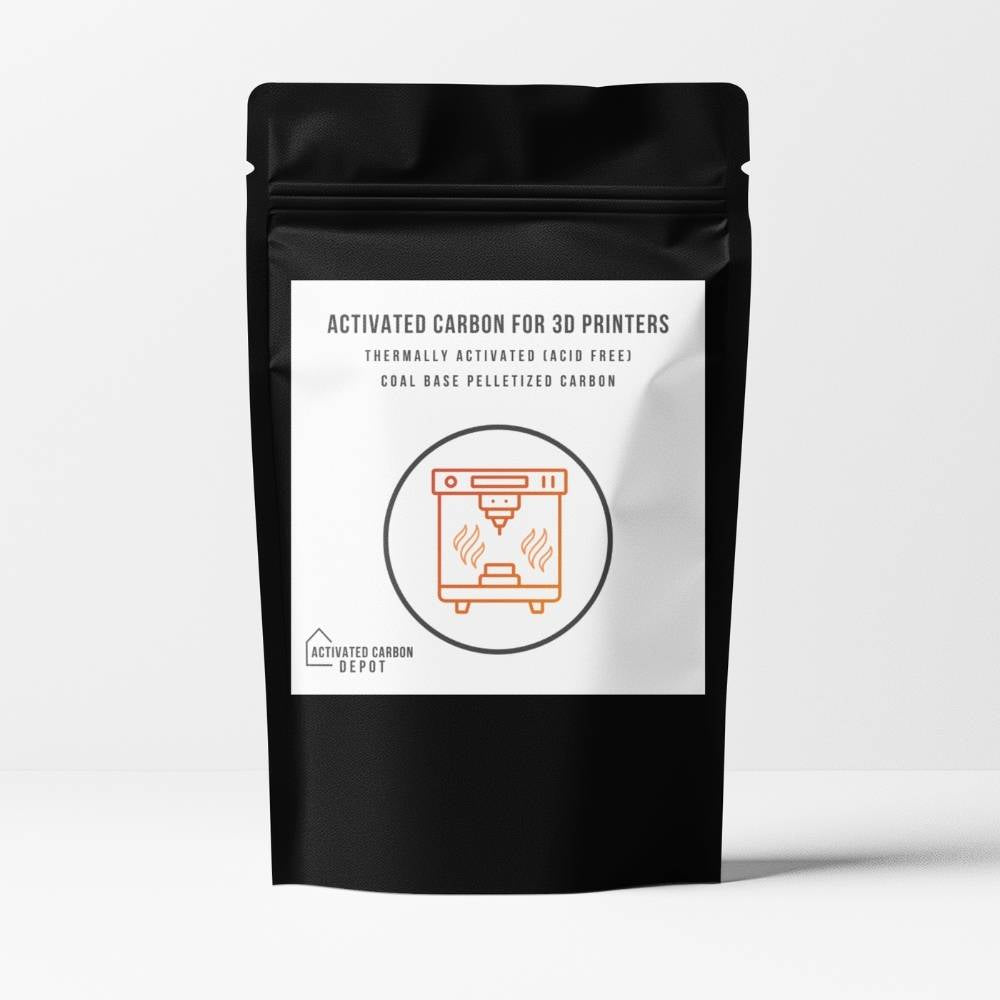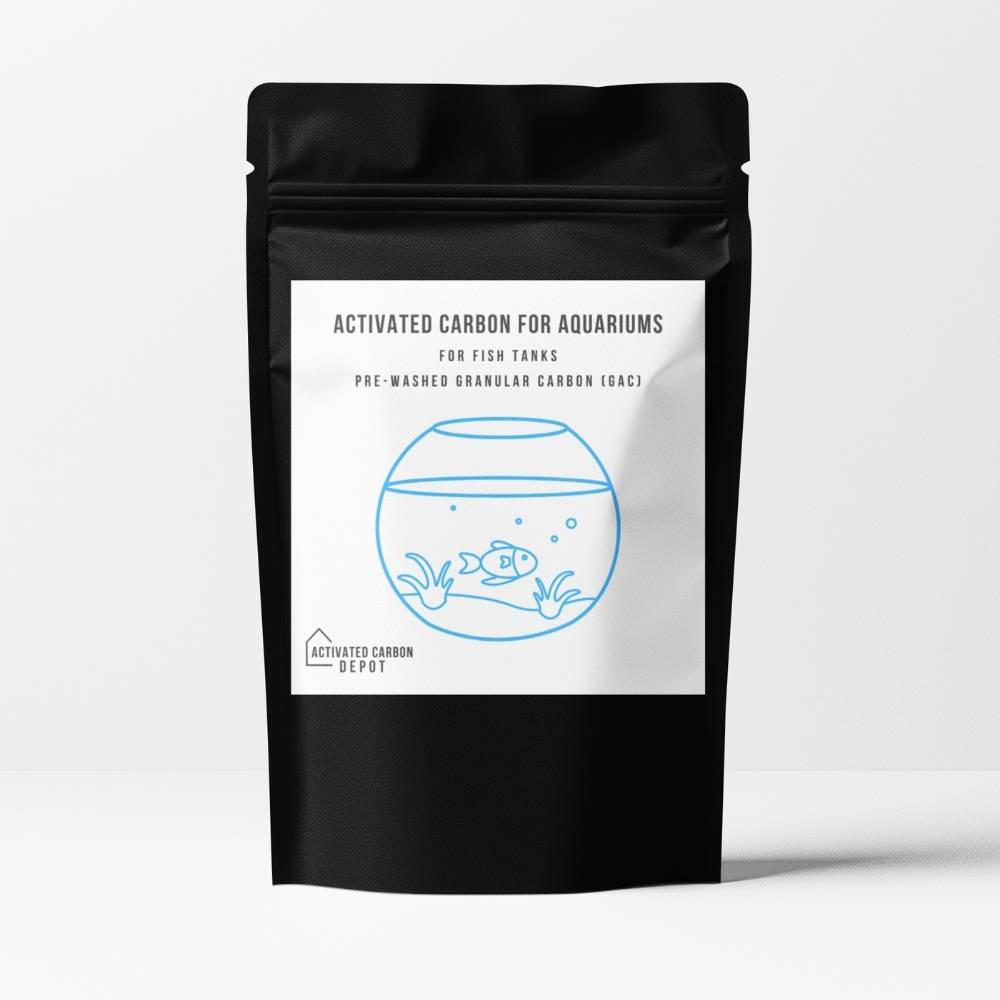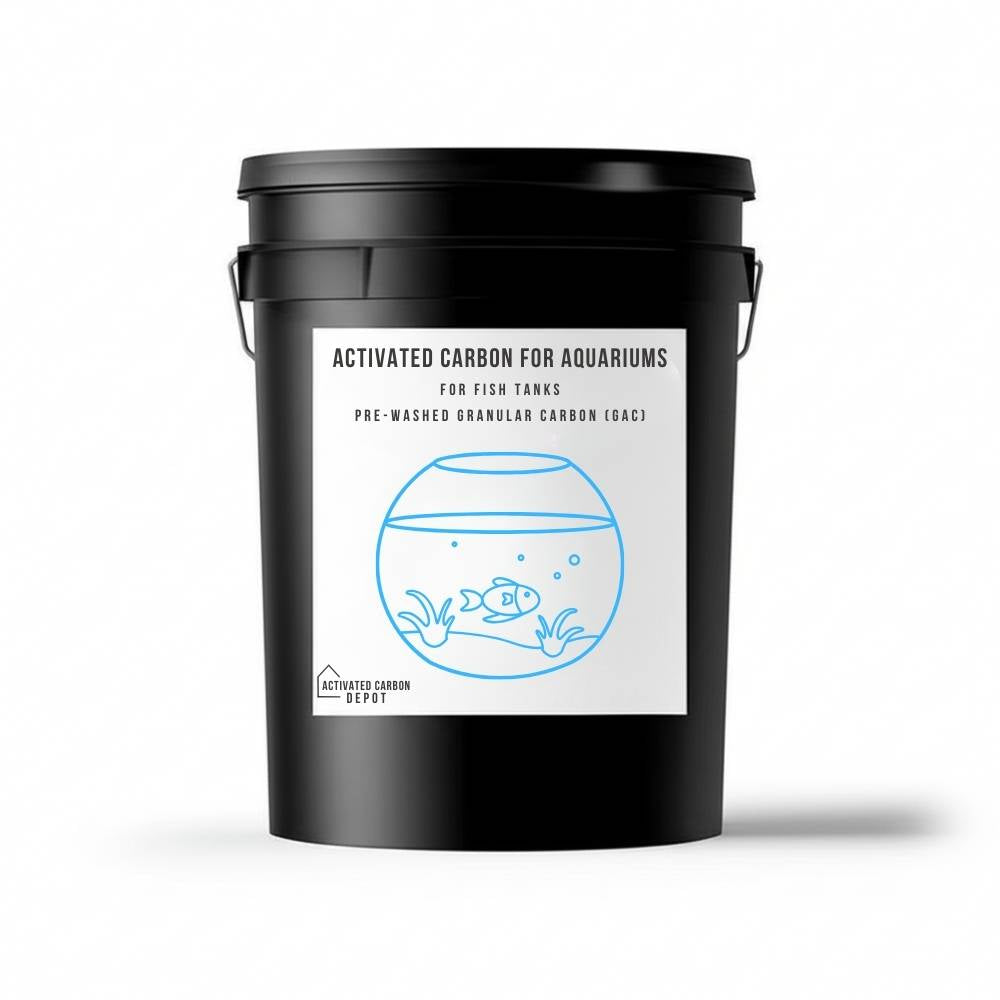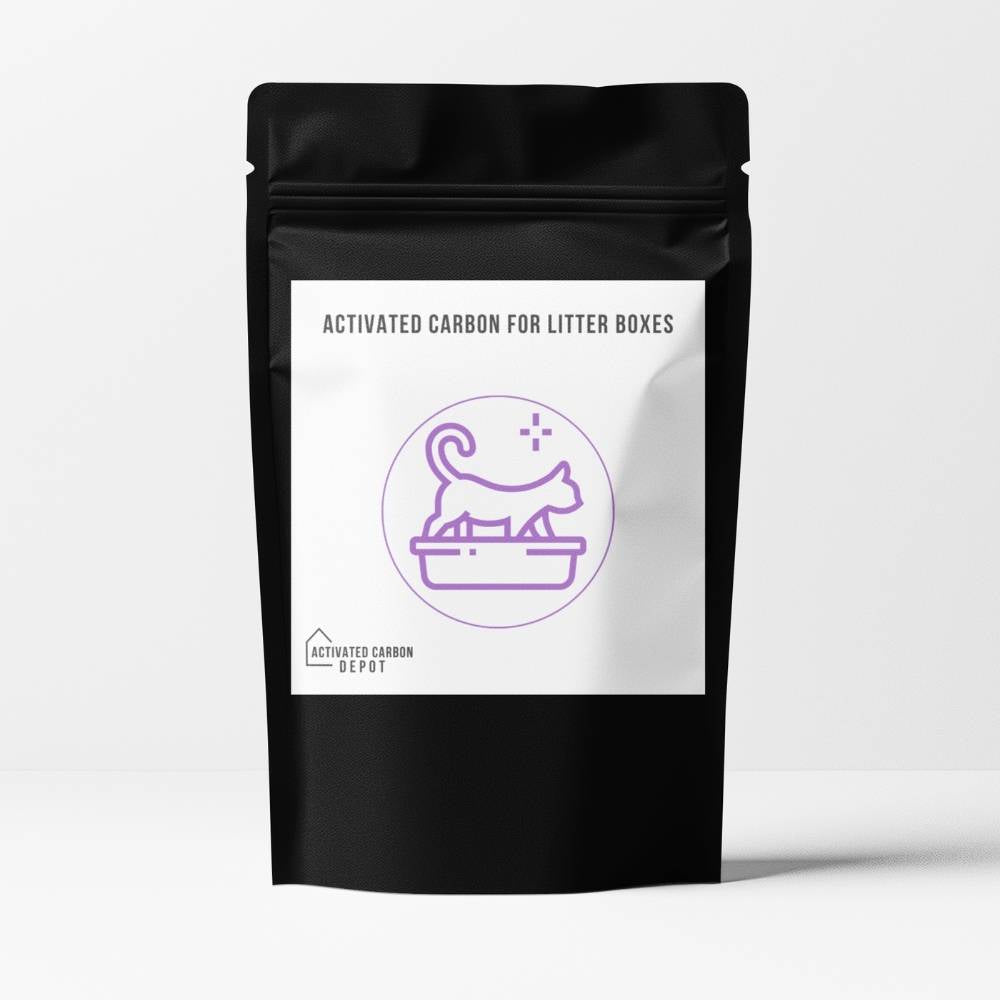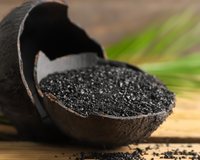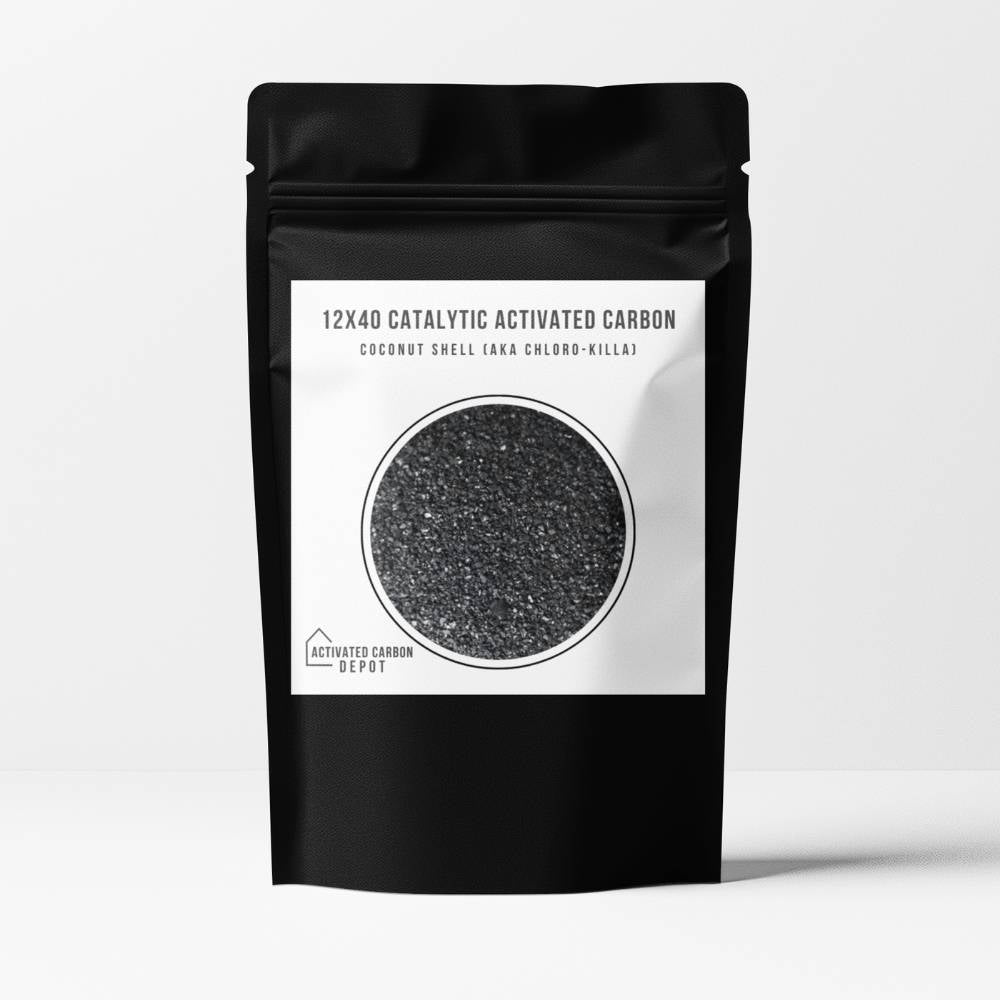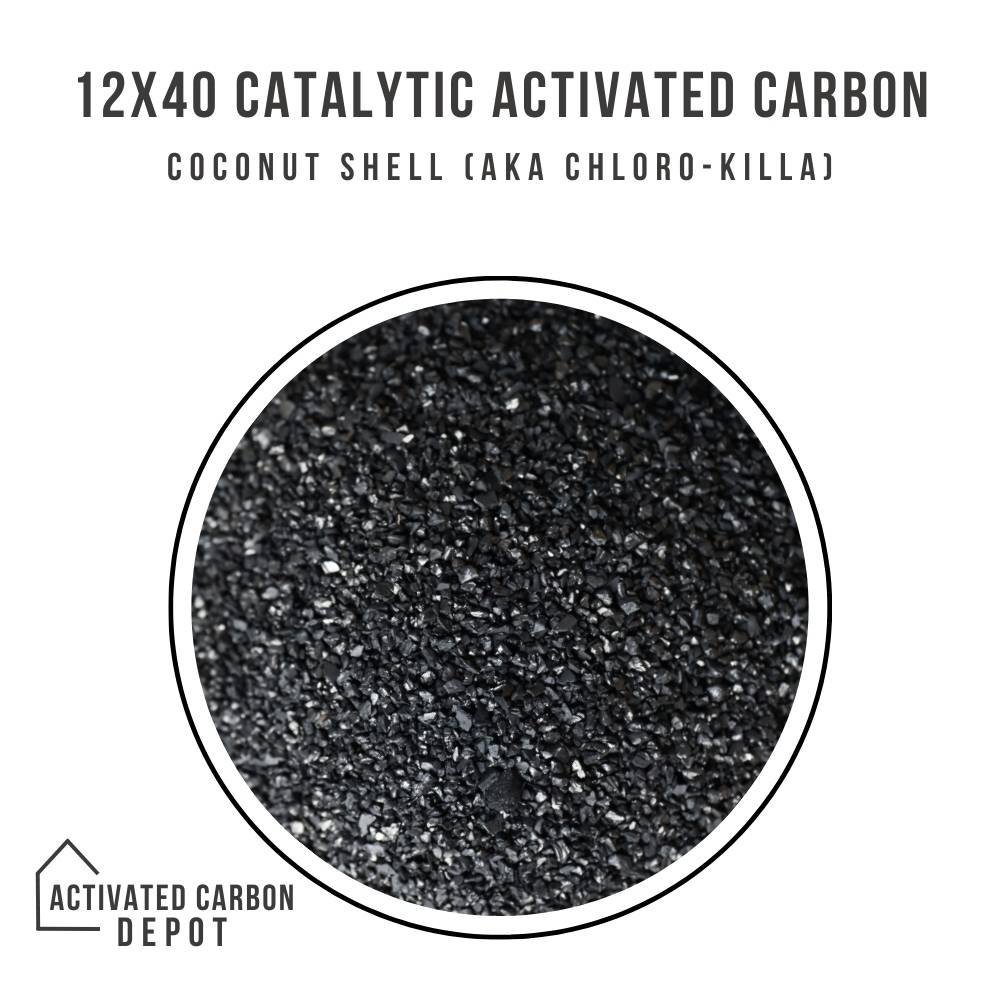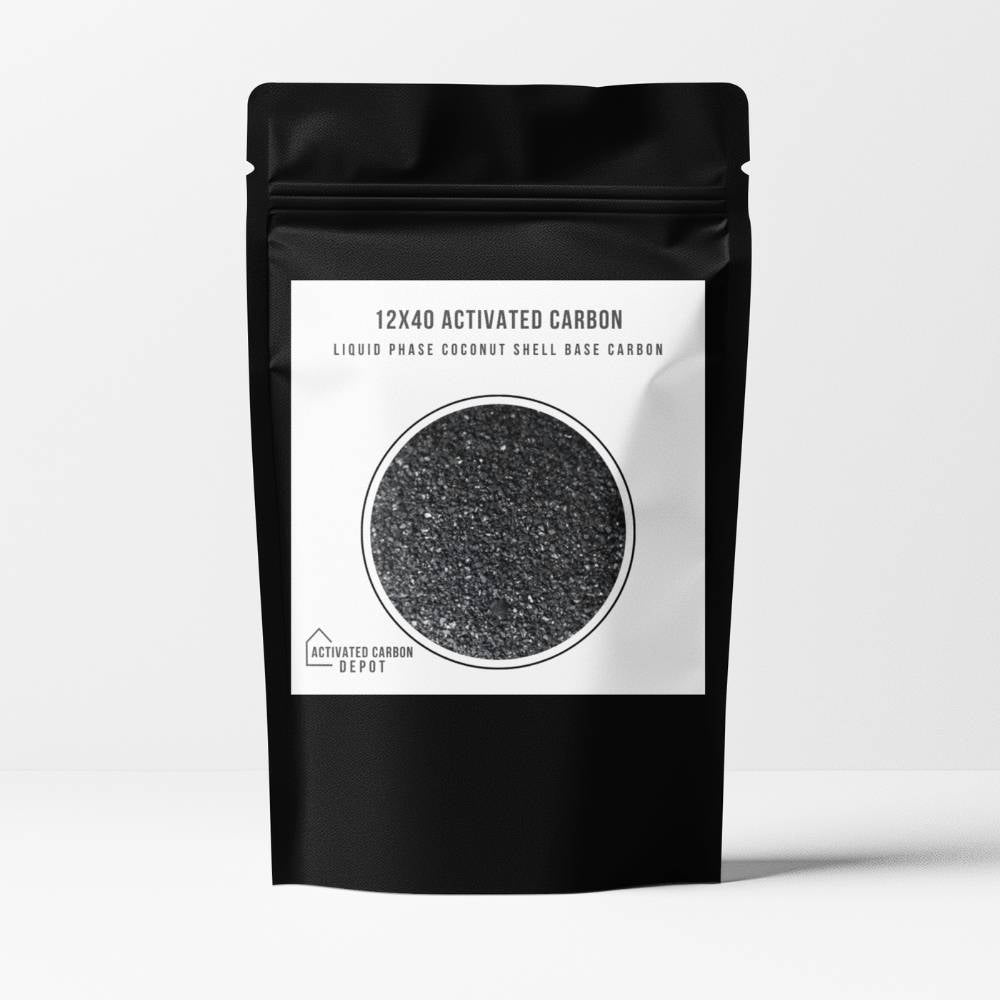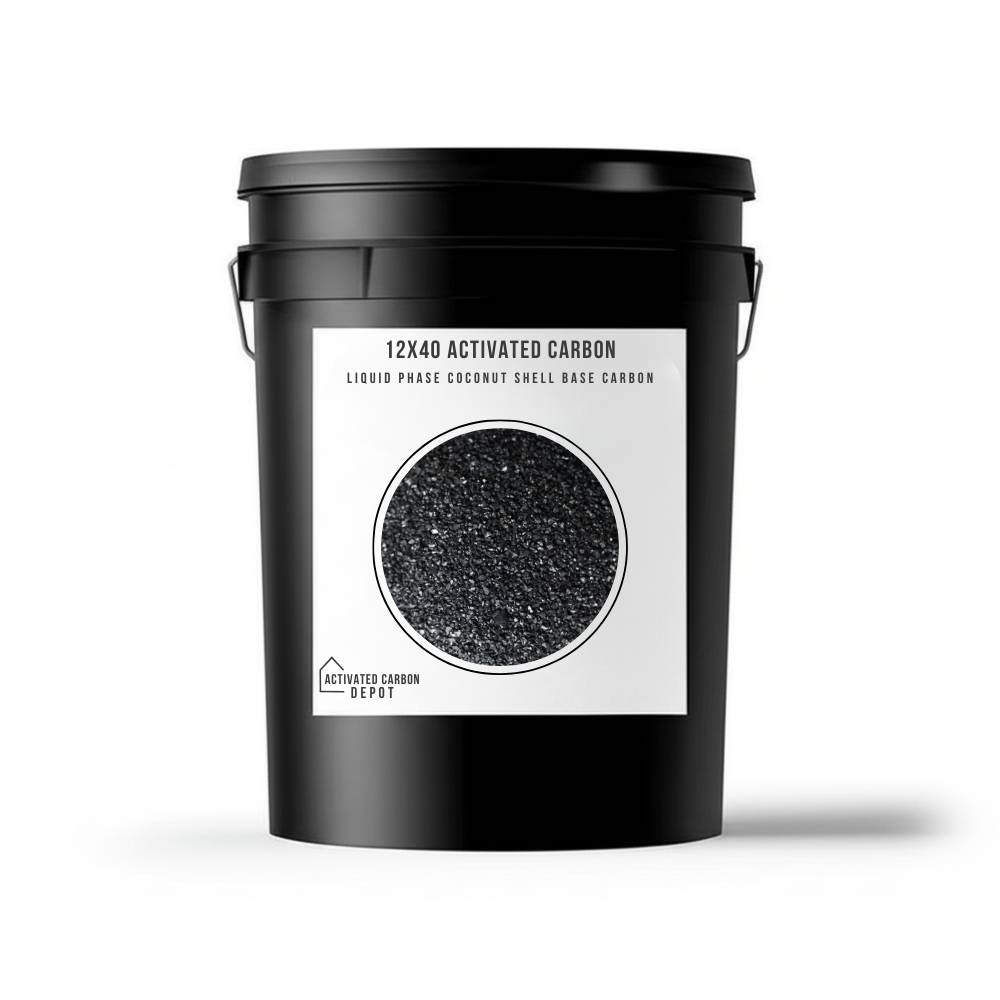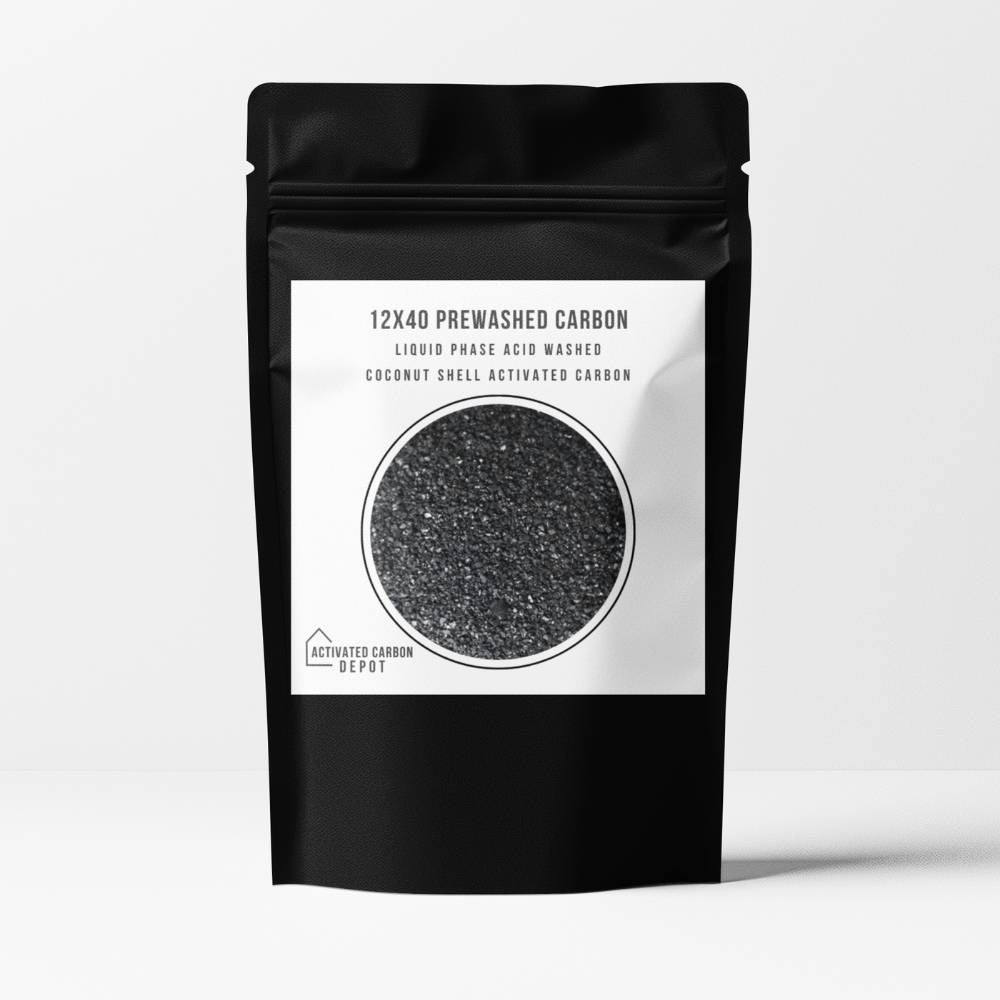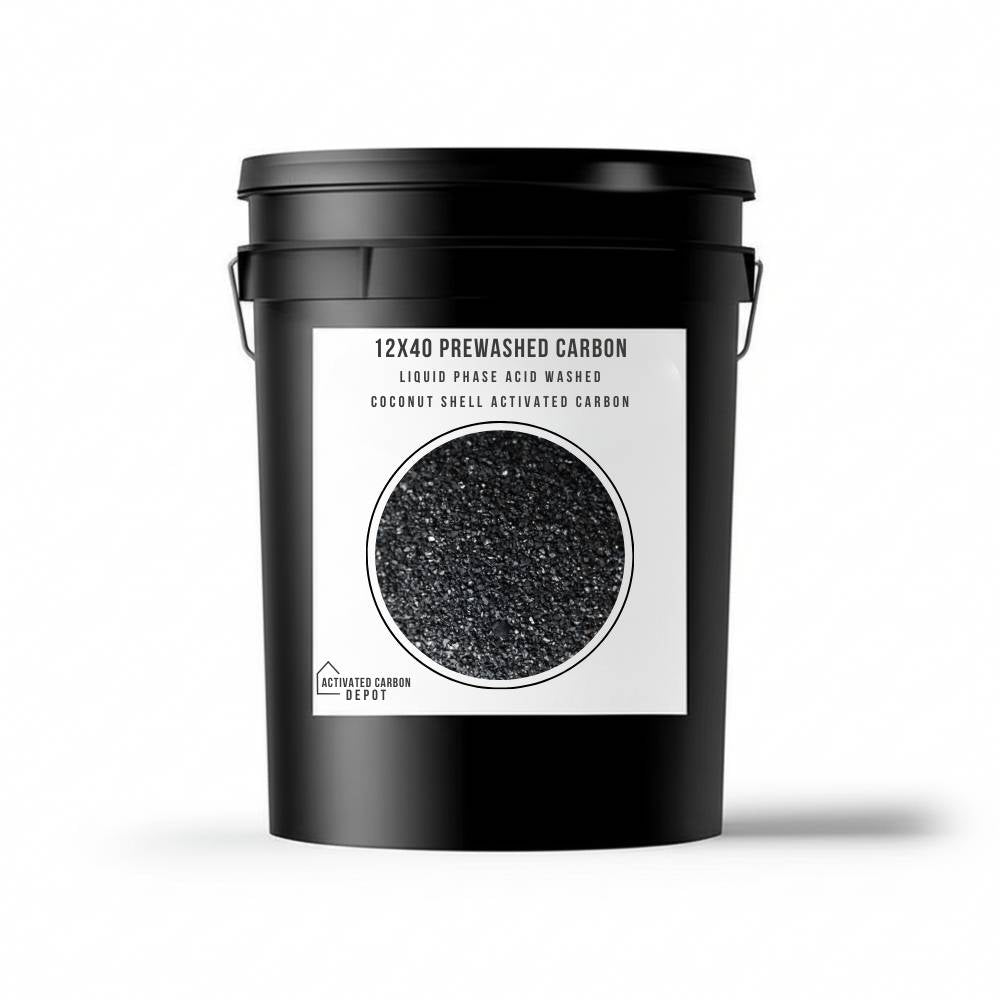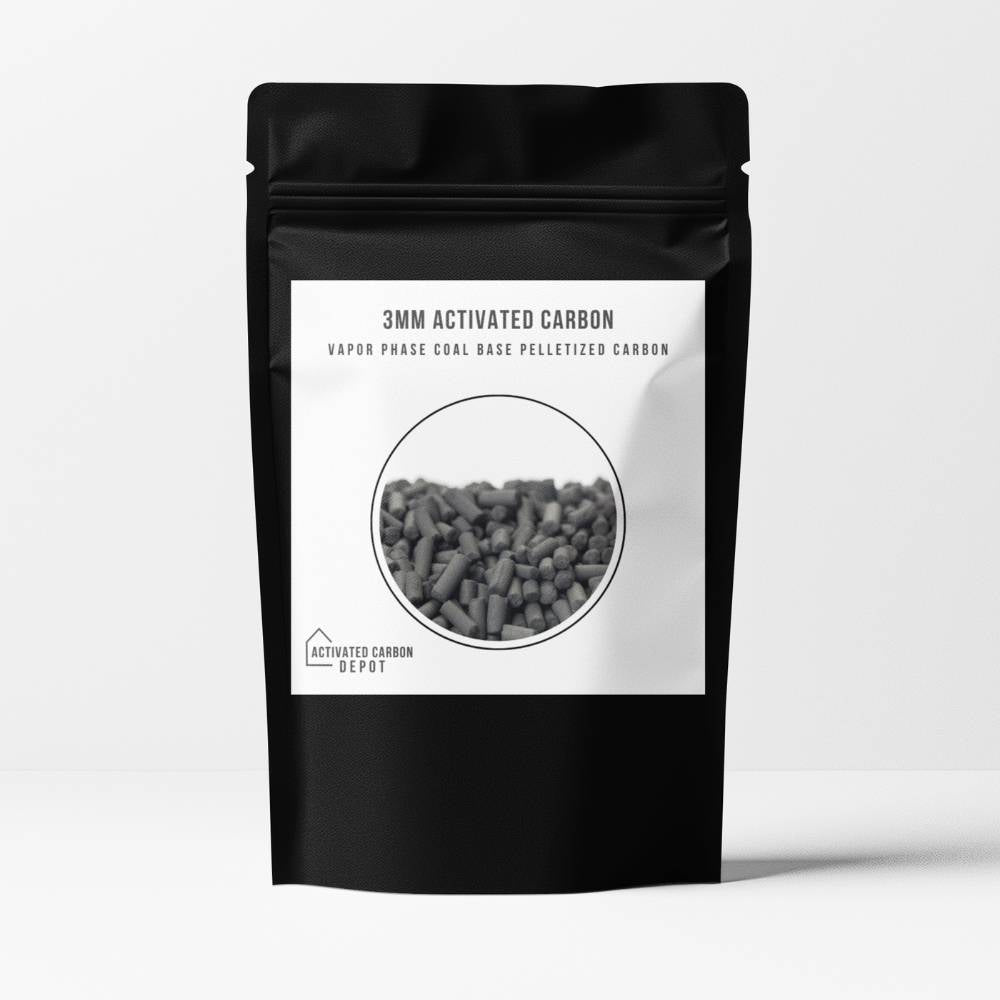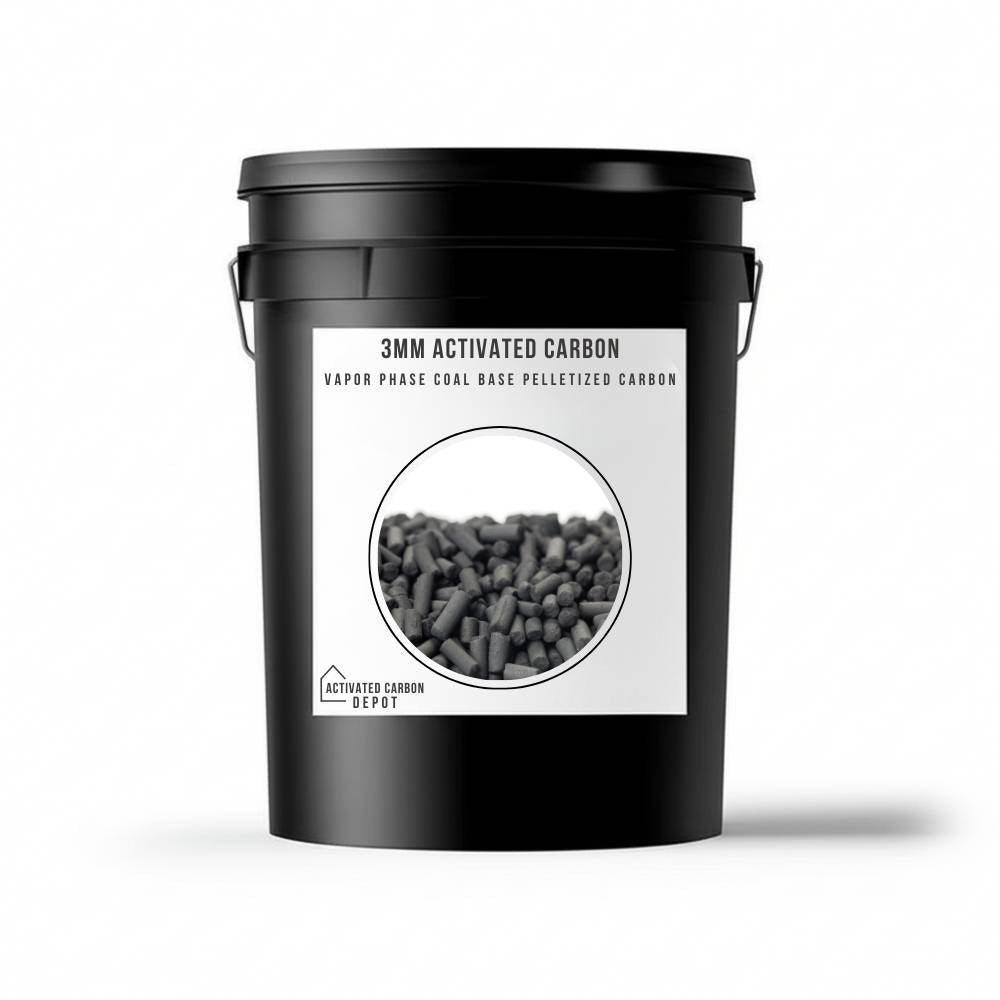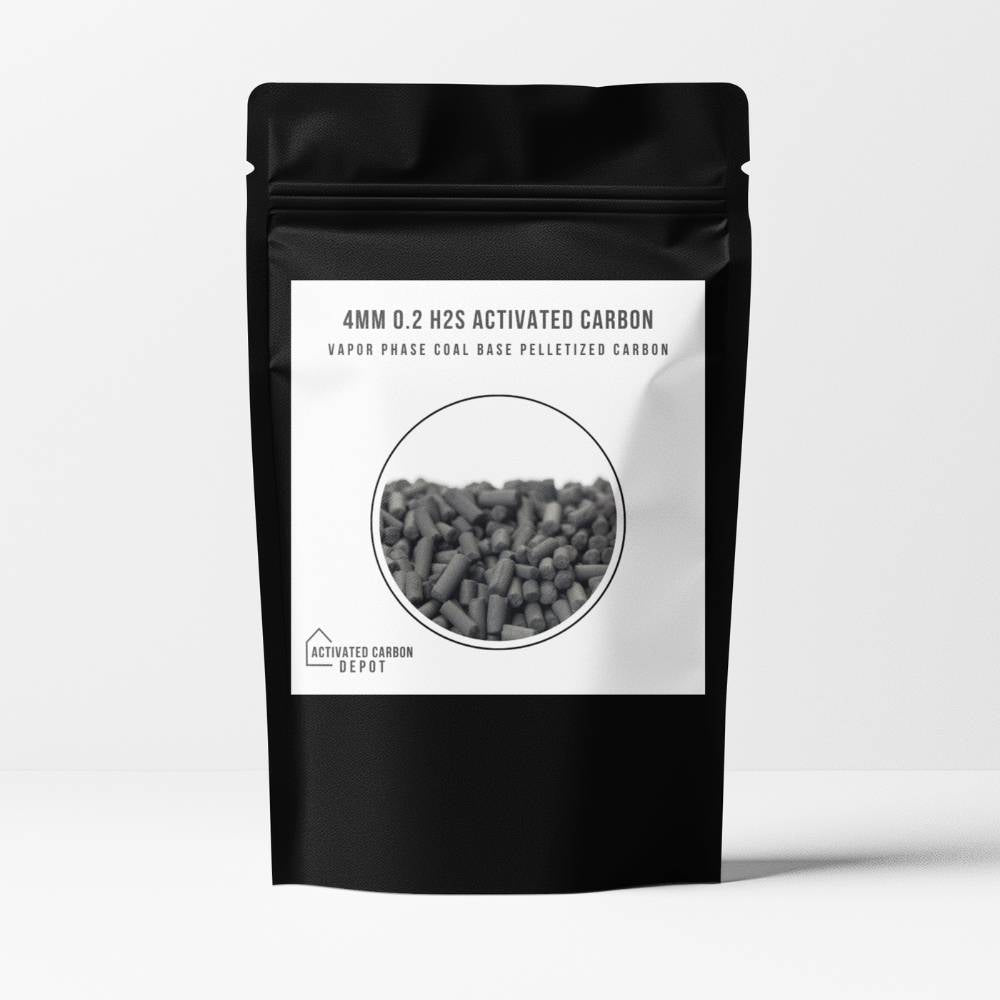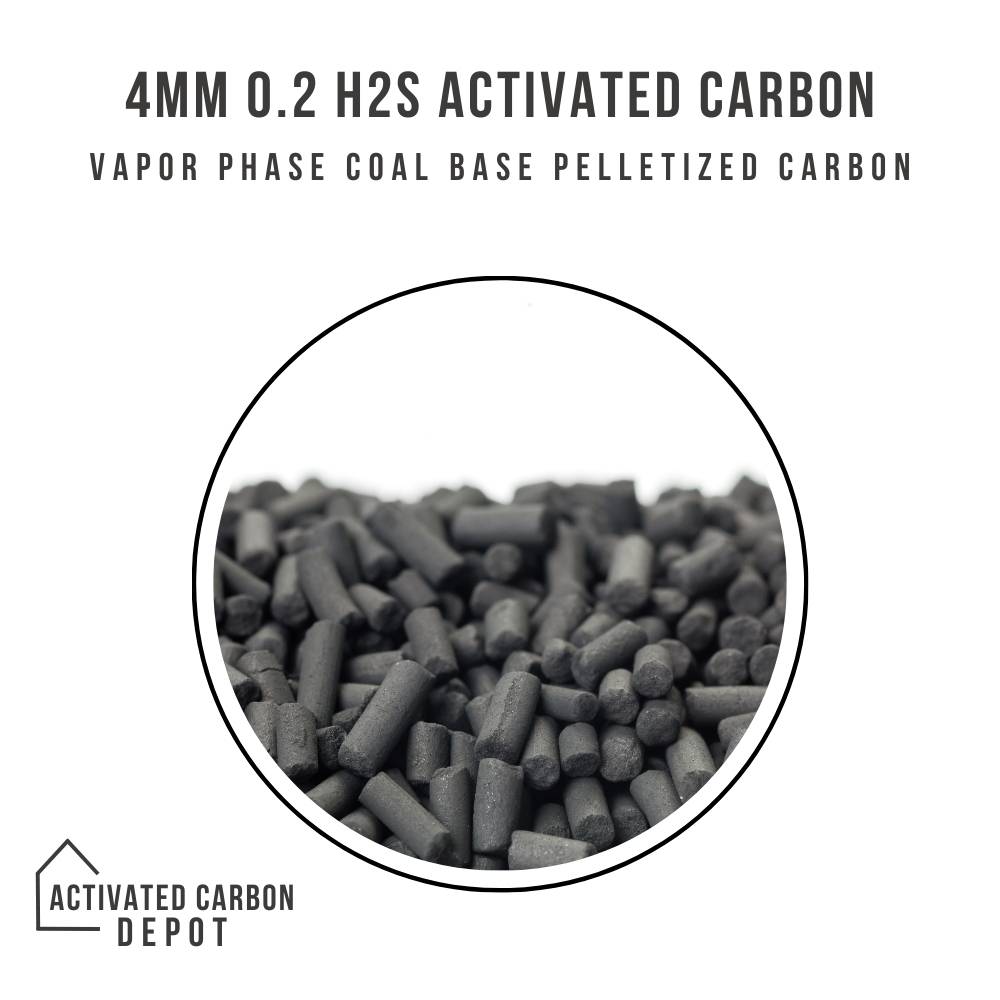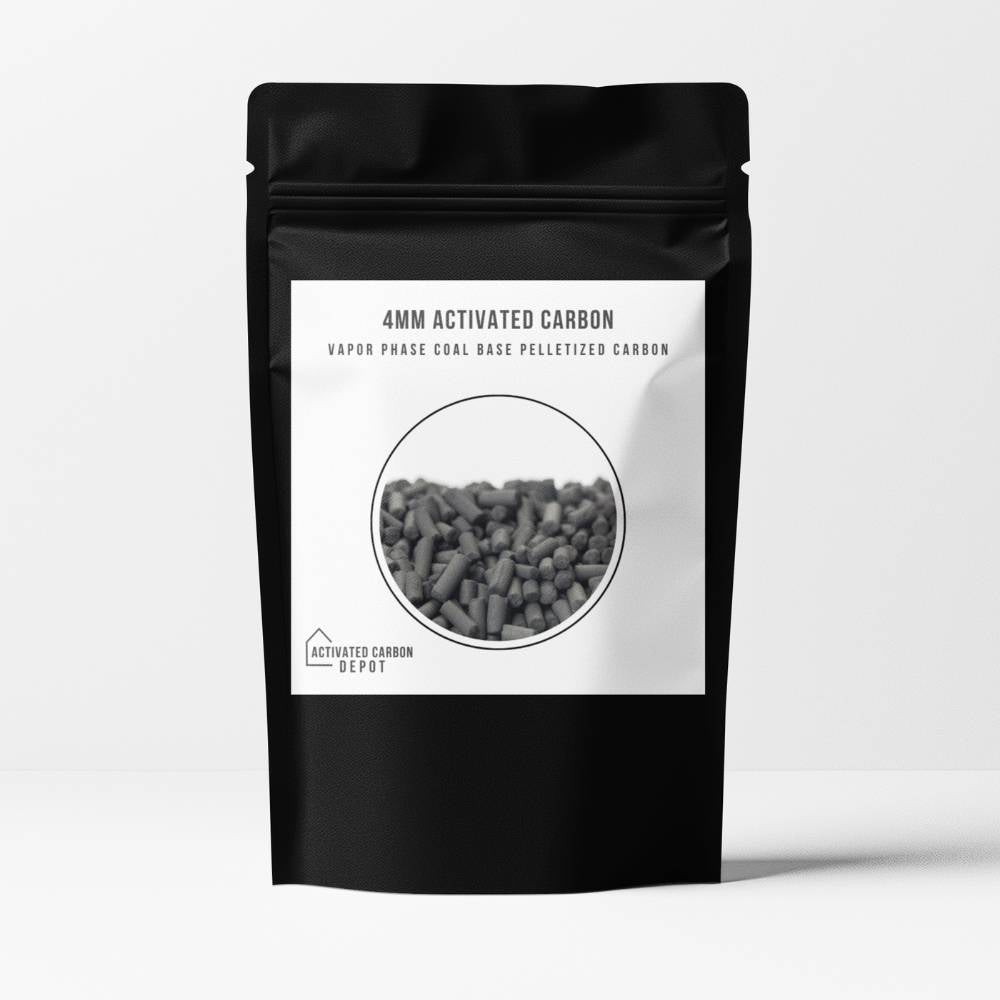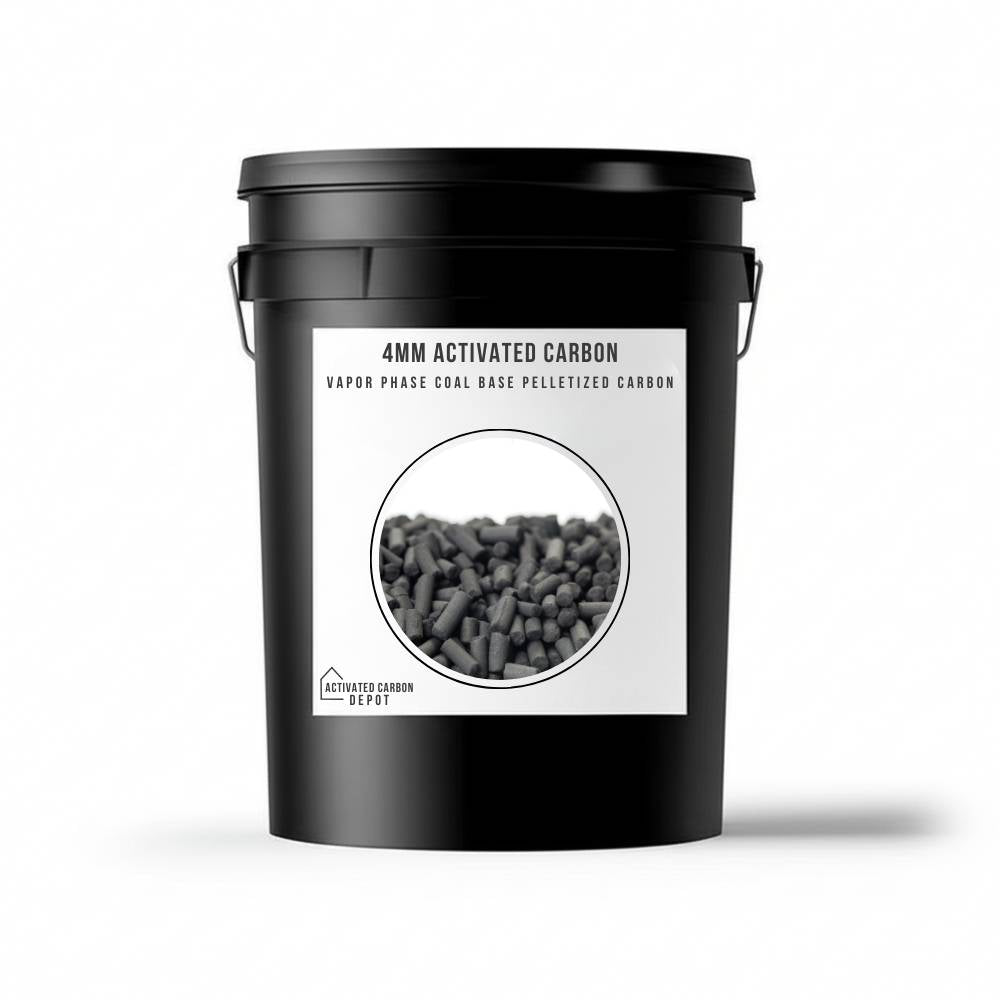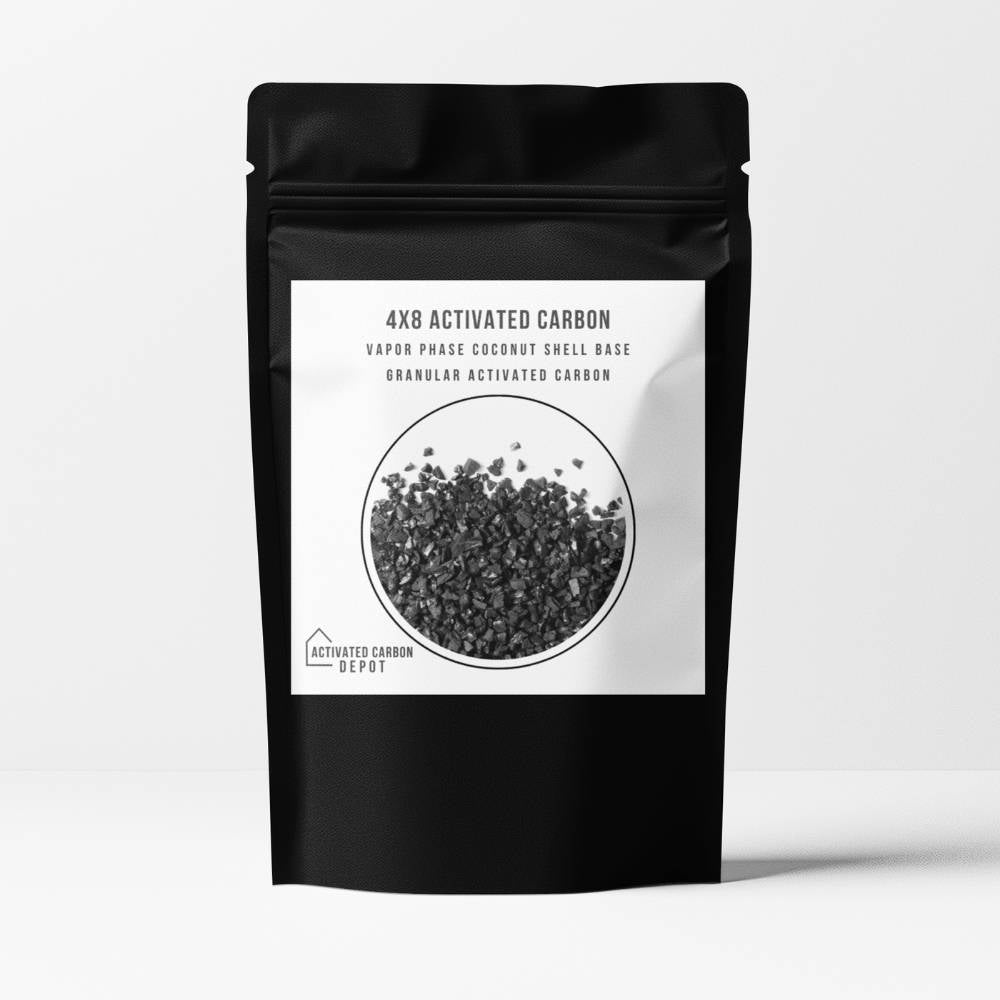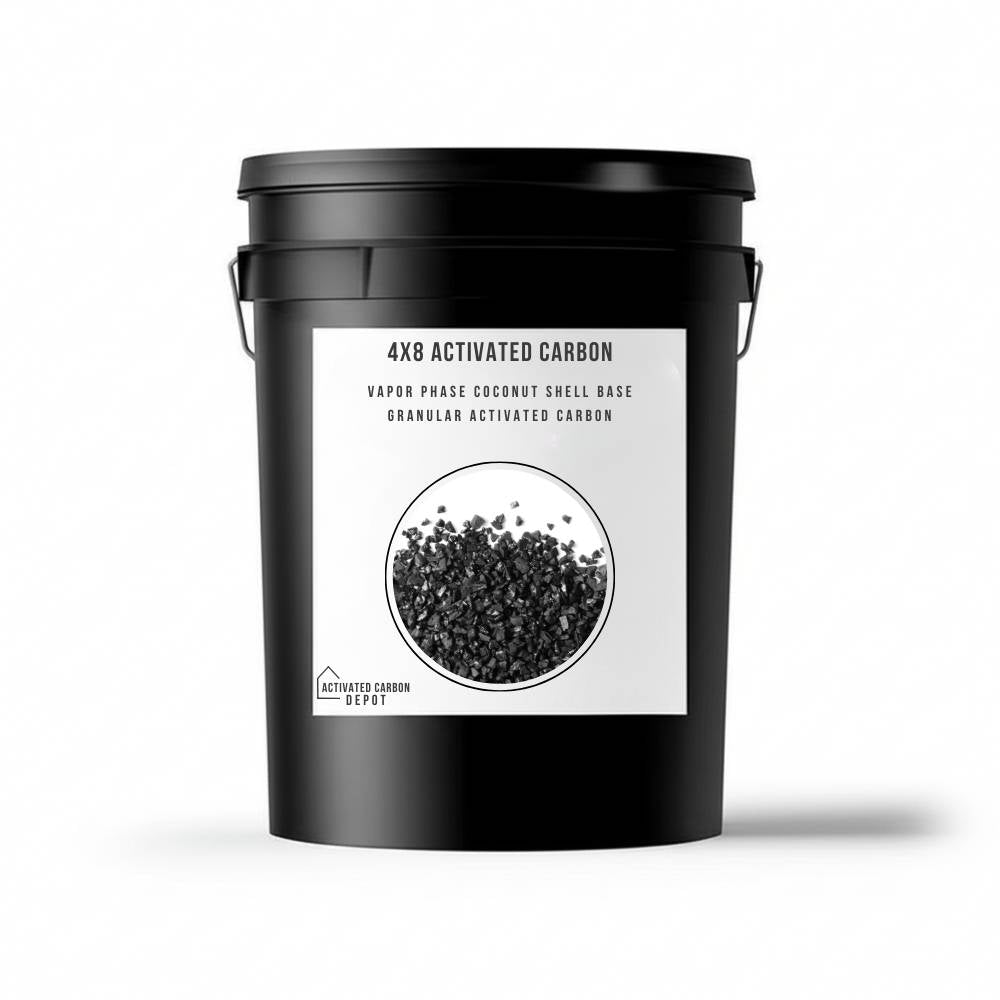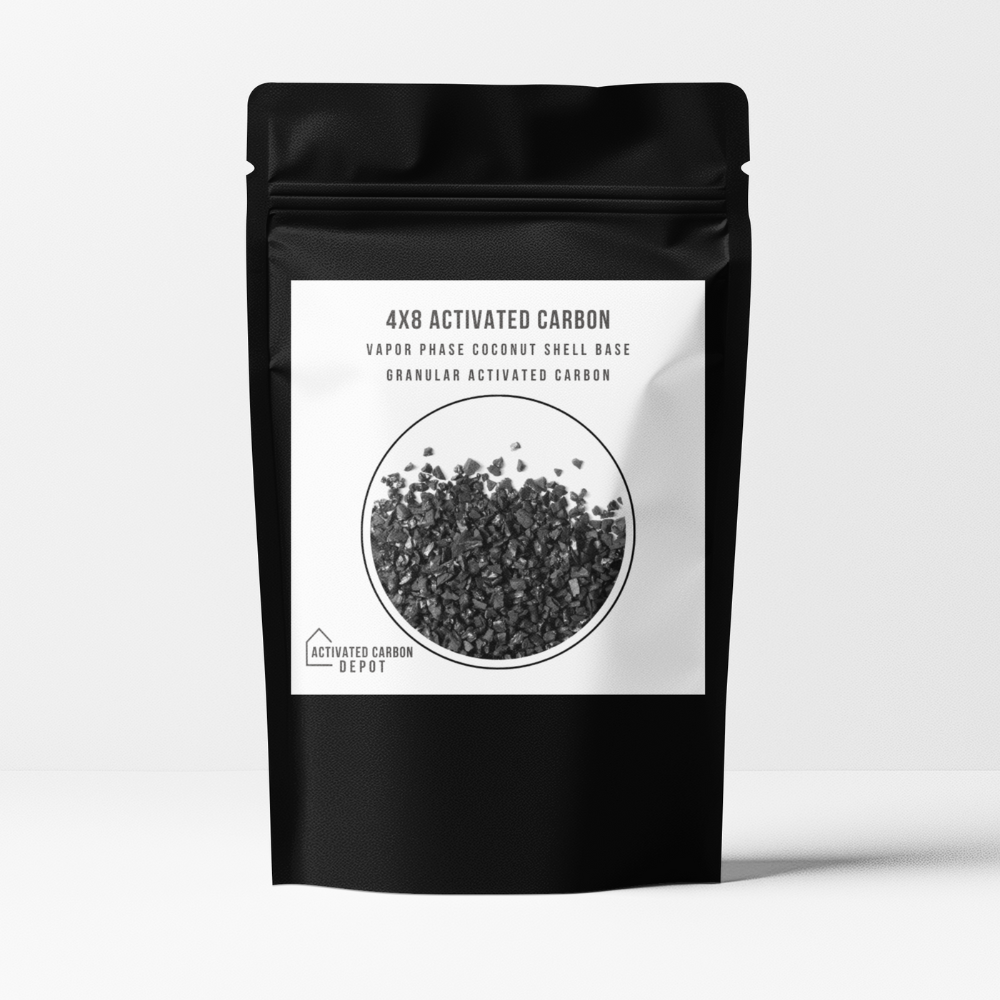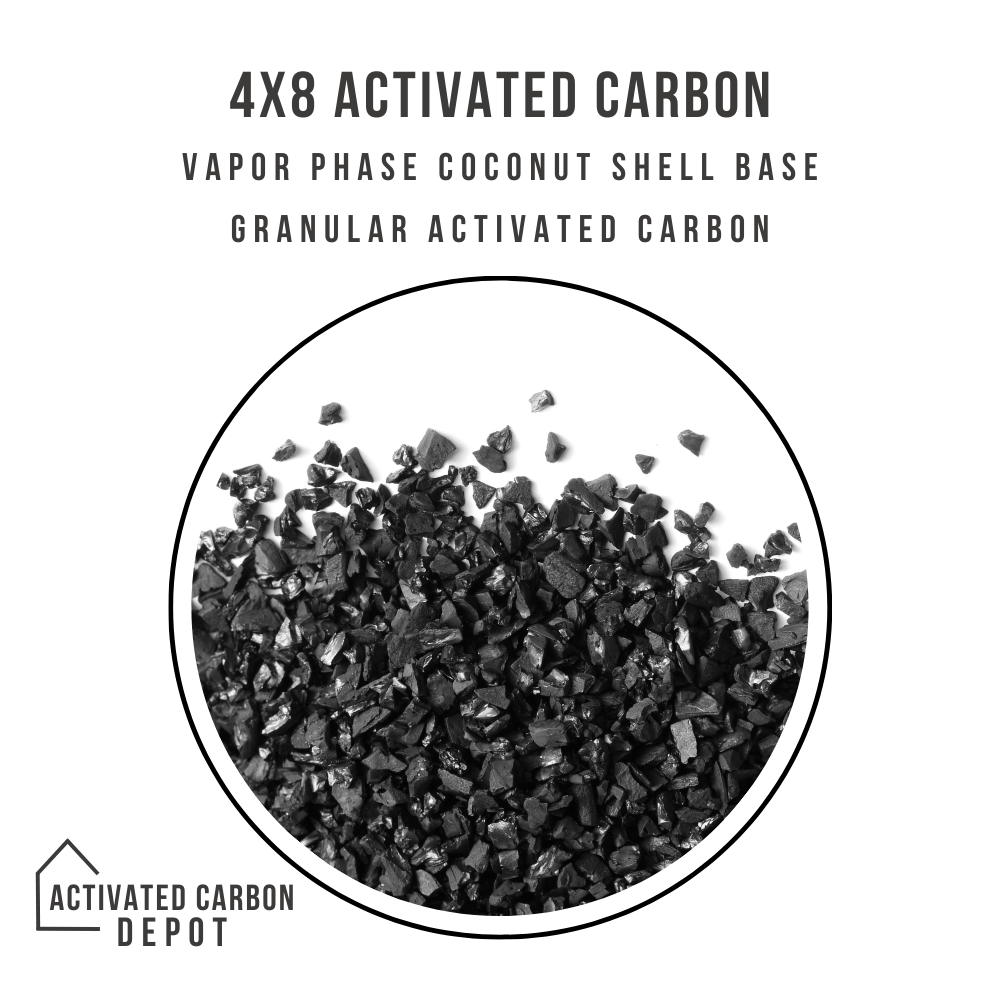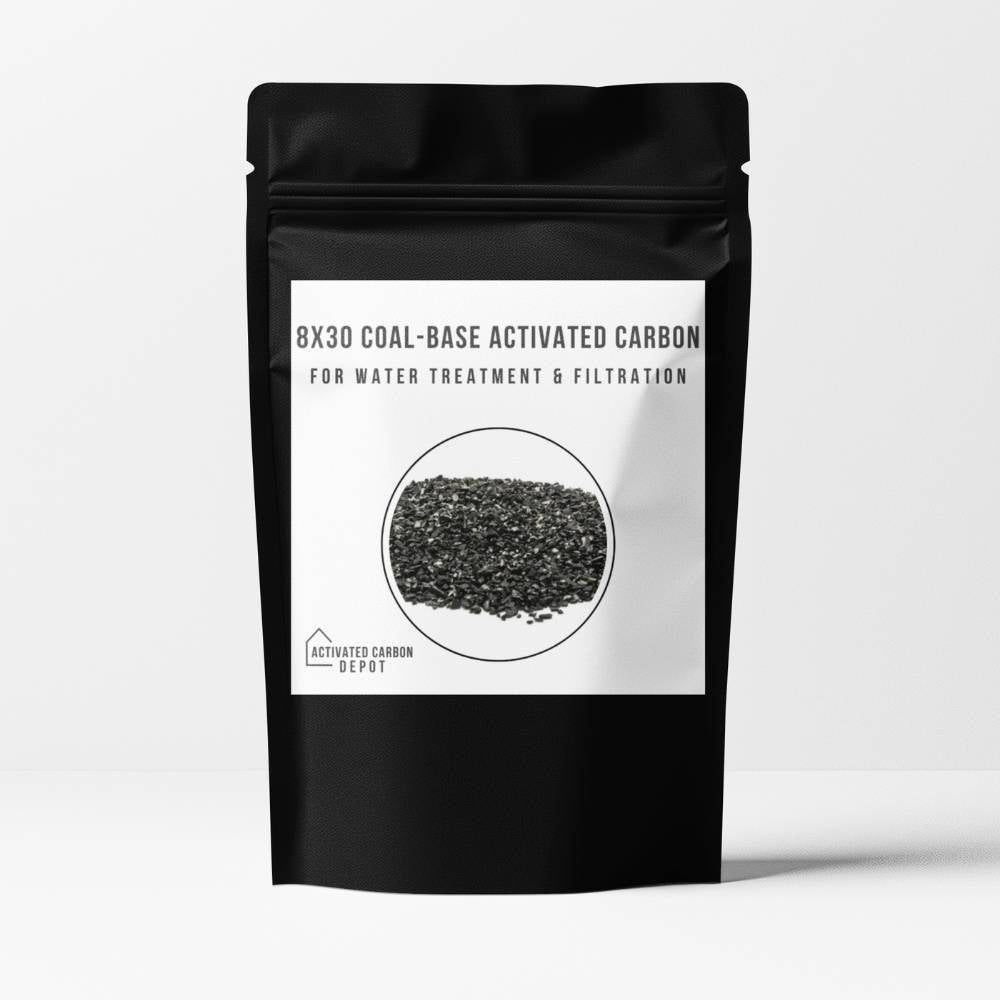Botanical extraction is a critical process used to isolate beneficial compounds from plants for use in supplements, cosmetics, fragrances, and pharmaceuticals. During this process, unwanted substances such as pigments, chlorophyll, waxes, and residual solvents can compromise the purity and quality of the extract. Activated carbon offers an effective and natural method for refining botanical extracts, ensuring cleaner, clearer, and more potent final products.
What is Activated Carbon?
Activated carbon is a highly porous material made from carbon-rich sources such as coconut shells, coal, or wood. Its vast surface area and unique pore structure make it exceptionally effective at adsorbing impurities through physical and chemical interactions.
Key Functions of Activated Carbon in Botanical Extraction
1. Color Removal and Clarification
Plant extracts often contain chlorophyll and other pigments that contribute to a dark, murky appearance. Activated carbon adsorbs these color compounds, resulting in a more visually appealing and market-ready product.
Applications:
-
Herbal tinctures
-
Essential oils
-
Cosmetic extracts
2. Removal of Odors and Off-Flavors
Unwanted volatile compounds from plant material or solvents can affect the taste and aroma of botanical extracts. Activated carbon is highly effective at trapping these compounds, improving the extract's sensory profile.
Applications:
-
Botanical distillates
-
Flavored oils and tinctures
3. Solvent Residue Reduction
Many botanical extraction processes use solvents like ethanol, hexane, or butane. Trace amounts of these solvents can remain in the final product. Activated carbon adsorbs residual solvents, making the extract safer and more compliant with health standards.
Applications:
-
Nutraceuticals
-
Medicinal herbs
-
Fragrance oils
4. Adsorption of Pesticides and Heavy Metals
In some cases, raw plant materials may be contaminated with trace pesticides or heavy metals. Activated carbon can capture and hold these contaminants, significantly reducing their presence in the final extract.
Applications:
-
Organic certified products
-
Health supplements
Integration Into Botanical Processing Systems
Activated carbon can be used at various stages of the extraction and post-processing workflow:
-
In-line Filtration: Used during extraction to immediately remove impurities.
-
Batch Filtration: Added to extract solutions and agitated before filtration.
-
Polishing Step: Applied after distillation or concentration to refine clarity and flavor.
Choosing the Right Activated Carbon
-
Powdered Activated Carbon (PAC): Offers high surface area and rapid adsorption, ideal for batch treatments.
-
Granular Activated Carbon (GAC): Easier to handle and reuse, suitable for continuous processing systems.
-
Food-Grade and Pharmaceutical-Grade Carbons: Ensure the product meets safety standards for consumables and topical applications.
Benefits of Using Activated Carbon in Botanical Extraction
-
Improved Product Clarity and Appeal
-
Enhanced Flavor and Aroma Profiles
-
Higher Purity and Potency
-
Compliance with Regulatory Standards
-
Safe and Eco-Friendly Purification Method
Activated carbon is a trusted and essential component in botanical extraction processes. Its ability to purify, decolorize, and detoxify plant extracts ensures that the final products are clean, effective, and consumer-ready. Whether you're processing herbal tinctures, essential oils, or botanical supplements, activated carbon can help you deliver a higher-quality extract every time.


